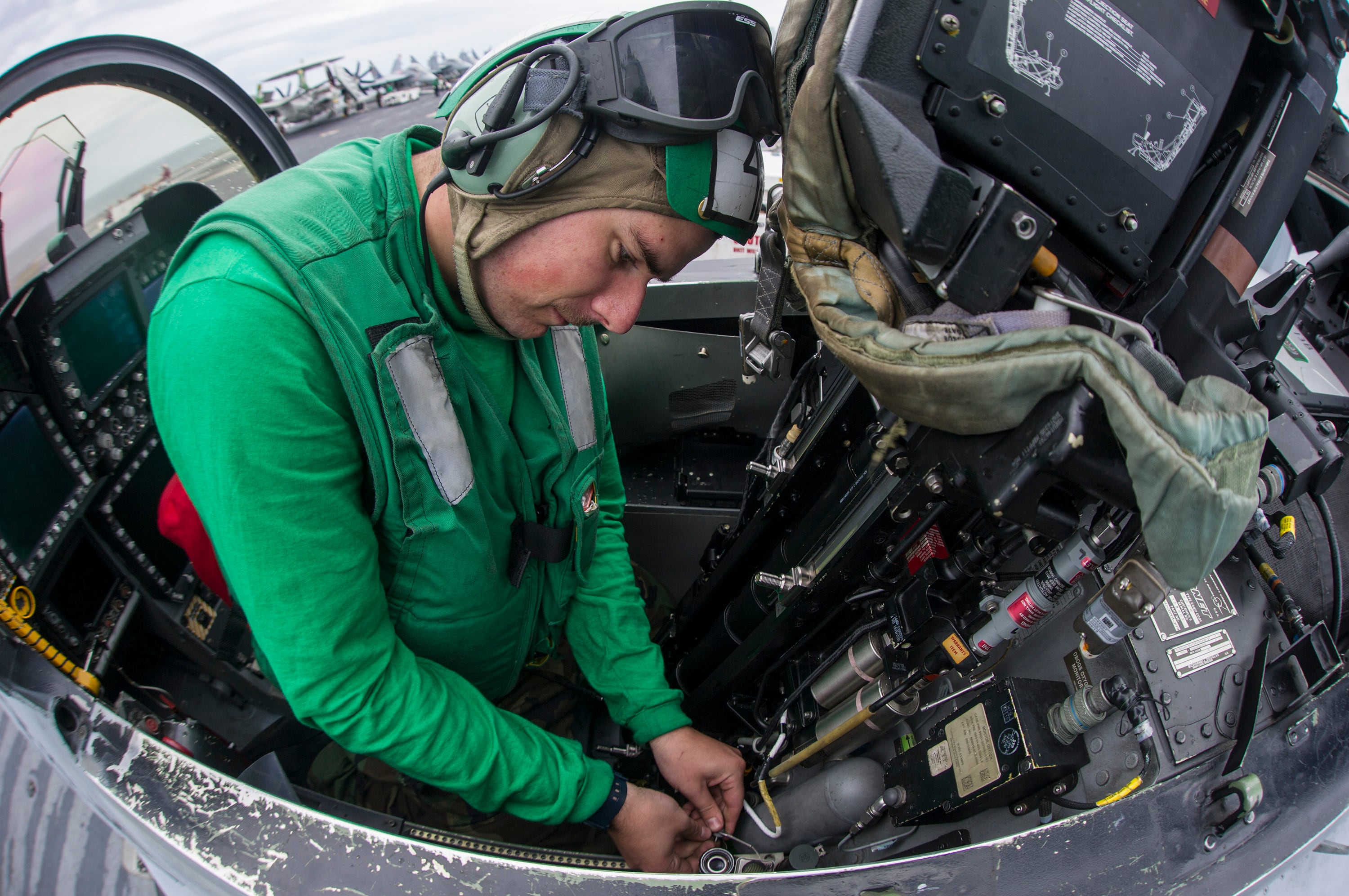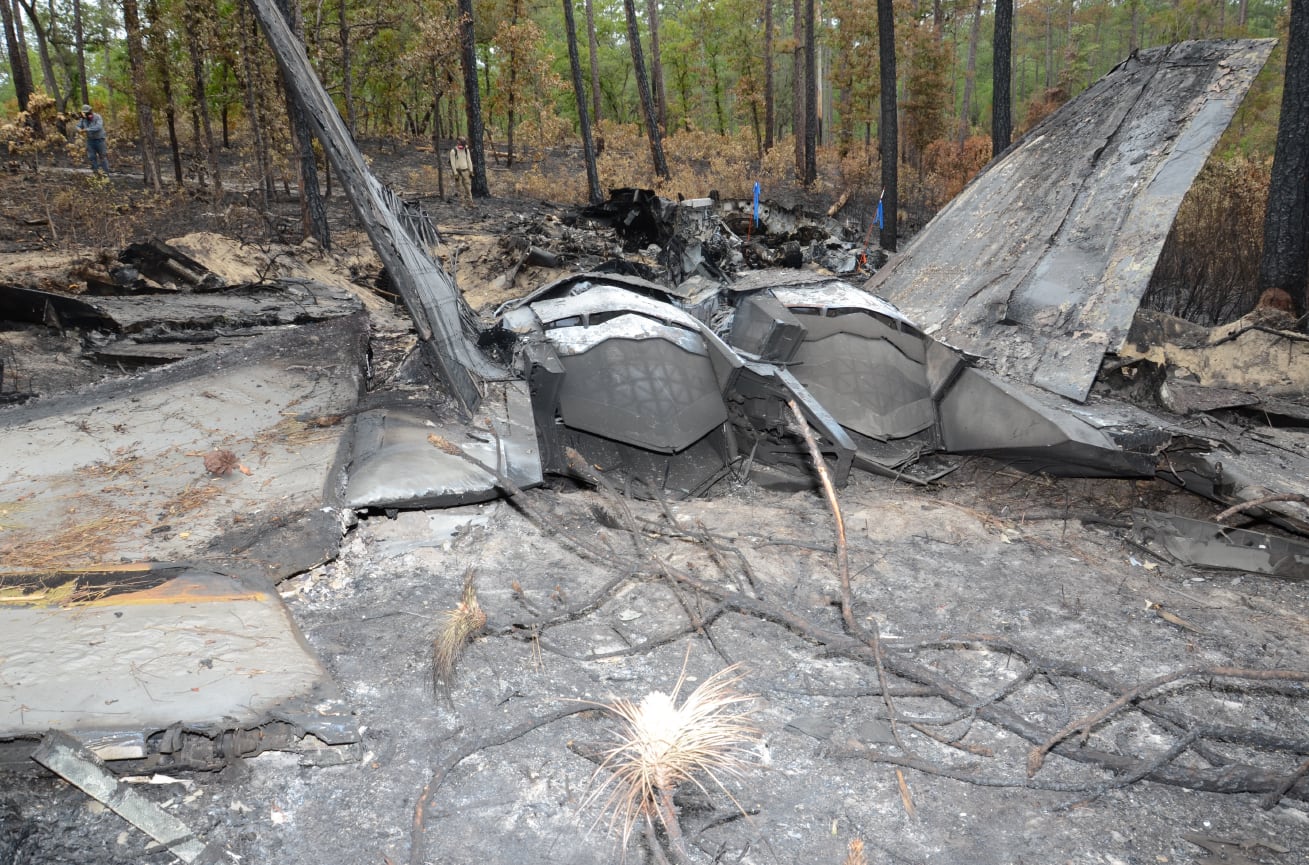There’s a new Defense Department group charged with studying ― and, hopefully, reducing ― the prevalence of aircraft crashes, vehicle rollovers, ship collisions and more.
The Joint Safety Council held its first meeting Friday, following its creation by the most recent National Defense Authorization Act. The group isn’t quite sure yet how often it will meet, or what its work will entail, but the sky is pretty much the limit.
“We think it’s an important thing for the department and that it can, once it’s stood up and becomes a regular meeting and performing body, help enhance the overall safety culture, and help enable Defense Department senior leadership oversight and accountability,” Shawn Skelly, current assistant defense secretary for readiness, told Military Times on Friday.
The council will report to the longstanding Defense Safety Oversight Council, which has atrophied in recent years, not meeting at all between 2013 and 2018.
RELATED

While the NDAA lays out the required senior officials who will be part of the council, there are no deadlines or prescribed activities in the law, leaving its work largely up to the council members.
“... I’d say it’s pretty exciting, because we are able to really shape how we get after proactive safety,” Air Force Maj. Gen. Jeannie Leavitt, the head of the Air Force’s safety center and the council’s current chair, told Military Times. “That is the goal at the end of the day.”
The council is required to meet at least quarterly, Skelly said, but indications are that they will need to meet much more often, both to hammer out the council’s road map and to start working through its goals, once they’re laid out.
That will be the next order of business, she said, after the JSC charter is signed by Deputy Defense Secretary Kathleen Hicks in the coming weeks.
Technically, the council won’t do anything that the services don’t already do ― it will just wrap up reports and suggestions from individual safety centers and report those up to the deputy defense secretary’s office, which can launch efforts like safety campaigns or task forces to look at specific issues.
“Previously, it would be kind of a pickup game that would be done out of goodwill, which often gets things done in the department, but we also know that can bring with it some risk,” Skelly said. “So this is about ensuring that anytime we combine the power of the military departments and the individual military services, it’s done formally and it’s supported to completion. And it’ll reach the attention directly of the deputy secretary or secretary of defense, as appropriate, once it’s all reported out.”
For example, if the Army has a particularly bad year in vehicle mishaps, the JSC can do a comparative analysis across the services.
“This is a venue for us to be able to look across the services, to get more data, to get more analysis, and to see some best practices because we all have different safety campaigns to try to prevent mishaps and so looking across the other services, you can see ideas for which ones might be more effective,” Leavitt said.
Meghann Myers is the Pentagon bureau chief at Military Times. She covers operations, policy, personnel, leadership and other issues affecting service members.





